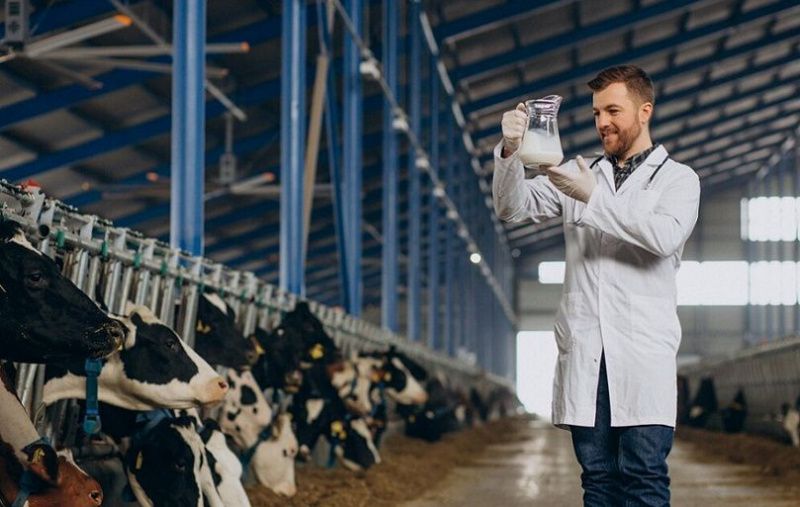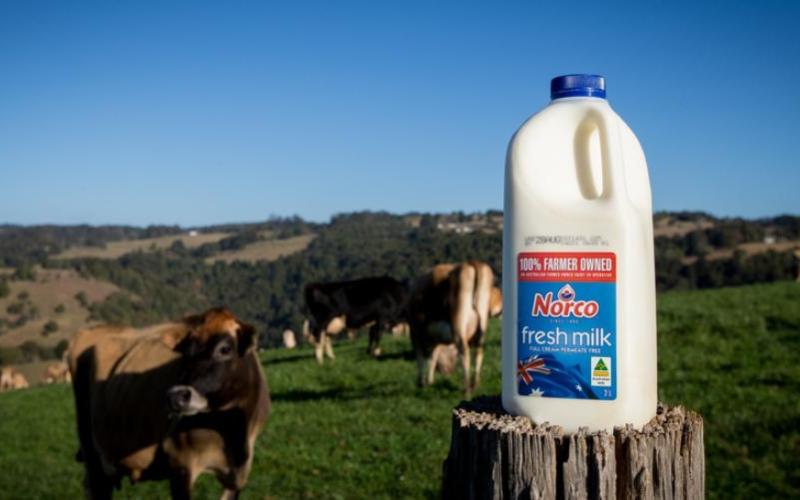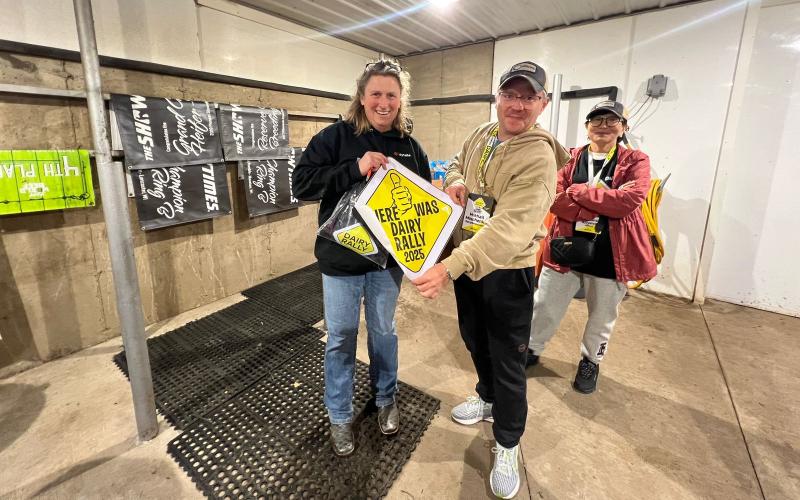Indiana Refrains from Mandatory Dairy Cattle Testing Amidst Bird Flu Spread
Sourse: The DairyNews
As the bird flu continues its spread, infecting dairy cattle in 12 states including Michigan and Ohio, Indiana has chosen not to mandate testing for its dairy herds. According to the U.S. Centers for Disease Control (CDC), the H5N1 virus, commonly known as bird flu, has affected scores of dairy cows and has even jumped to at least three farm workers, marking some of the first confirmed human cases in the nation.

Indiana officials report no confirmed cases of H5N1 in cows or humans within the state. The Indiana State Board of Animal Health (BOAH) spokesperson, Denise Derrer Spears, indicated that while the agency offered dairy producers the opportunity to participate in a federal voluntary herd testing program, no producers showed interest. Consequently, Indiana remains unenrolled in the program.
“BOAH has hosted multiple dairy industry briefing calls and has heard fr om producers — they are concerned about the disease and are seeking information on ways to prevent the introduction of the virus to their farms,” Spears said. “This is all new to dairy farmers. We are working with them and the veterinary community to help them ramp up their preparedness efforts.”
Bird flu, primarily found in wild and farm birds, occasionally spreads to other mammals, and in rare cases, humans. The CDC reports over 100 million bird deaths globally due to H5N1 in 2022, with the virus detected in more than 200 different mammal species in the U.S.
Despite its prevalence in neighboring states, Indiana's current protocol requires testing only for lactating dairy cattle crossing state lines, per a USDA federal order issued on April 29. Spears stated that Indiana has not mandated broader testing due to the absence of positive cases.
More than 750 tests have been conducted on cattle moving out of Indiana since April 29, but the state lacks comprehensive data on total tests since only non-negative results are reported to BOAH. The agency remains vigilant, actively managing the current strain of H5N1 since 2022.
In contrast, Indiana’s poultry industry has largely kept bird flu at bay, thanks to stringent biosecurity measures and a well-prepared regulatory system dating back nearly a century. The National Poultry Improvement Plan, implemented in 1935, establishes standards for testing and surveillance, helping to maintain the health of poultry breeding stock, hatcheries, and products. Indiana's poultry sector participates in a year-round surveillance program, stepping up efforts during outbreaks.
BOAH continues to work closely with poultry producers on biosecurity, awareness, prevention, and preparedness. Poultry producers adhere to strict protocols, including protective clothing and designated areas to minimize disease spread. These measures have significantly reduced biosecurity breaches, with wild birds or animals now being the primary vectors in most cases.
For the dairy sector, the challenge lies in preventing virus transmission from wild, migratory waterfowl. Spears noted the difficulty in eliminating all possible exposures but emphasized ongoing education for farmers and veterinarians on the latest information and protective measures.
Unlike poultry, wh ere the virus spreads rapidly and is often fatal, H5N1 manifests differently in cattle, typically resulting in sickness from which the animals generally recover. This difference necessitates distinct response strategies for outbreak control.
Agricultural officials plan to monitor dairy workers for bird flu only if a cow infection is confirmed in the state. Lisa Welch, spokesperson for the Indiana Department of Health, affirmed the agency’s robust influenza surveillance system and collaboration with BOAH for monitoring and testing protocols in response to H5N1 detections.
Indiana continues to prioritize awareness and preventive measures, ensuring that both poultry and dairy sectors are prepared to respond effectively to potential outbreaks.
“BOAH has hosted multiple dairy industry briefing calls and has heard fr om producers — they are concerned about the disease and are seeking information on ways to prevent the introduction of the virus to their farms,” Spears said. “This is all new to dairy farmers. We are working with them and the veterinary community to help them ramp up their preparedness efforts.”
Bird flu, primarily found in wild and farm birds, occasionally spreads to other mammals, and in rare cases, humans. The CDC reports over 100 million bird deaths globally due to H5N1 in 2022, with the virus detected in more than 200 different mammal species in the U.S.
Despite its prevalence in neighboring states, Indiana's current protocol requires testing only for lactating dairy cattle crossing state lines, per a USDA federal order issued on April 29. Spears stated that Indiana has not mandated broader testing due to the absence of positive cases.
More than 750 tests have been conducted on cattle moving out of Indiana since April 29, but the state lacks comprehensive data on total tests since only non-negative results are reported to BOAH. The agency remains vigilant, actively managing the current strain of H5N1 since 2022.
In contrast, Indiana’s poultry industry has largely kept bird flu at bay, thanks to stringent biosecurity measures and a well-prepared regulatory system dating back nearly a century. The National Poultry Improvement Plan, implemented in 1935, establishes standards for testing and surveillance, helping to maintain the health of poultry breeding stock, hatcheries, and products. Indiana's poultry sector participates in a year-round surveillance program, stepping up efforts during outbreaks.
BOAH continues to work closely with poultry producers on biosecurity, awareness, prevention, and preparedness. Poultry producers adhere to strict protocols, including protective clothing and designated areas to minimize disease spread. These measures have significantly reduced biosecurity breaches, with wild birds or animals now being the primary vectors in most cases.
For the dairy sector, the challenge lies in preventing virus transmission from wild, migratory waterfowl. Spears noted the difficulty in eliminating all possible exposures but emphasized ongoing education for farmers and veterinarians on the latest information and protective measures.
Unlike poultry, wh ere the virus spreads rapidly and is often fatal, H5N1 manifests differently in cattle, typically resulting in sickness from which the animals generally recover. This difference necessitates distinct response strategies for outbreak control.
Agricultural officials plan to monitor dairy workers for bird flu only if a cow infection is confirmed in the state. Lisa Welch, spokesperson for the Indiana Department of Health, affirmed the agency’s robust influenza surveillance system and collaboration with BOAH for monitoring and testing protocols in response to H5N1 detections.
Indiana continues to prioritize awareness and preventive measures, ensuring that both poultry and dairy sectors are prepared to respond effectively to potential outbreaks.
Key News of the Week














